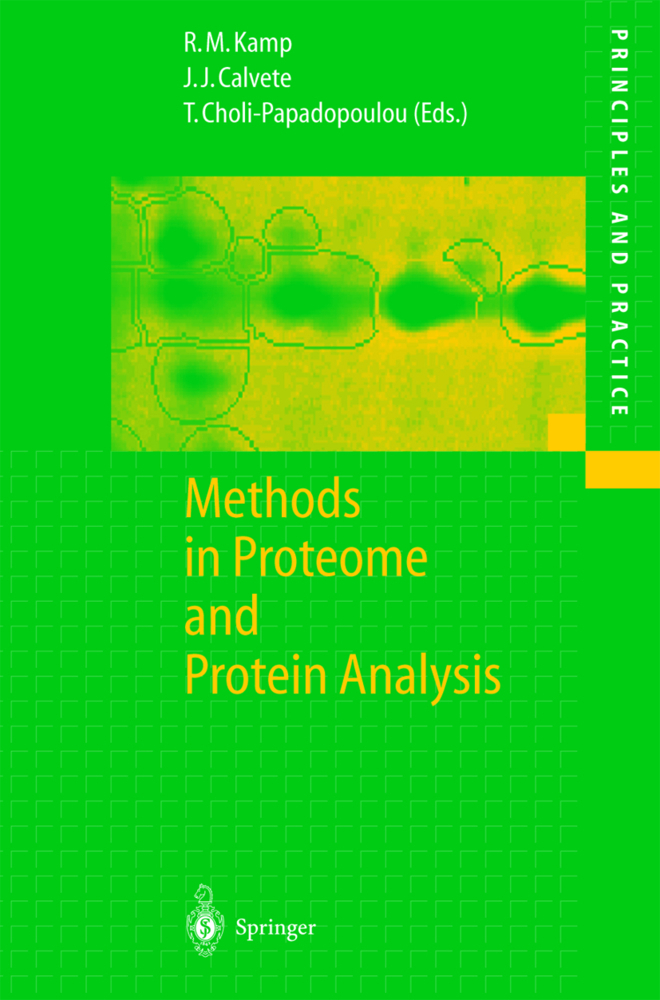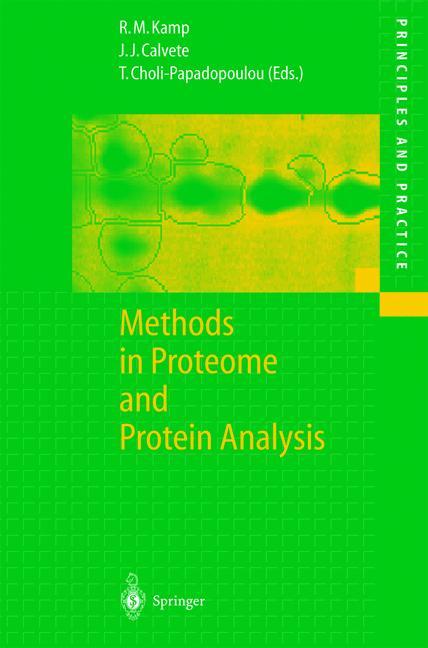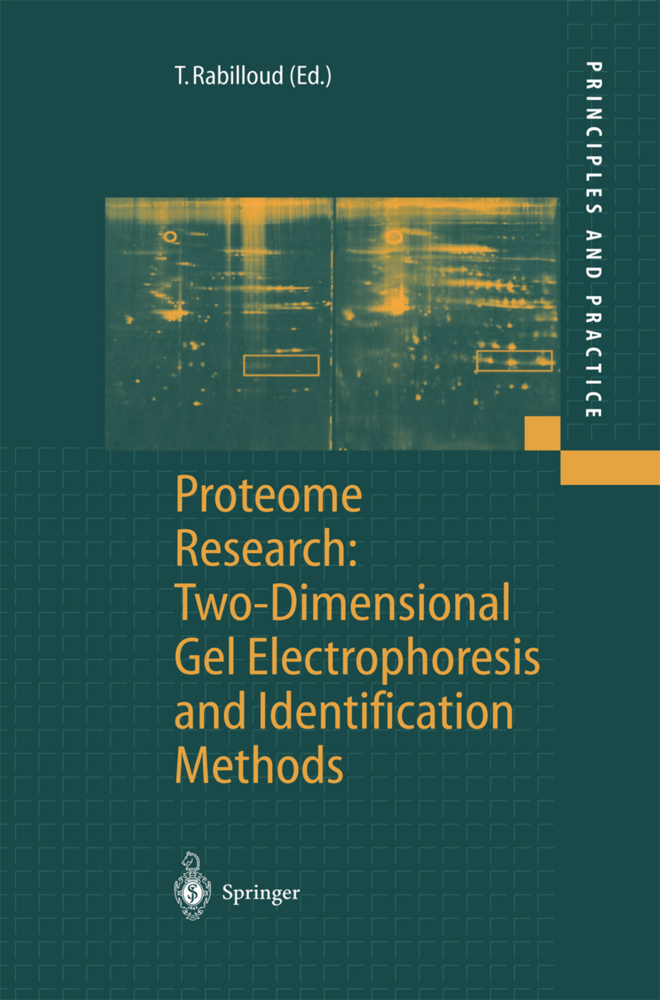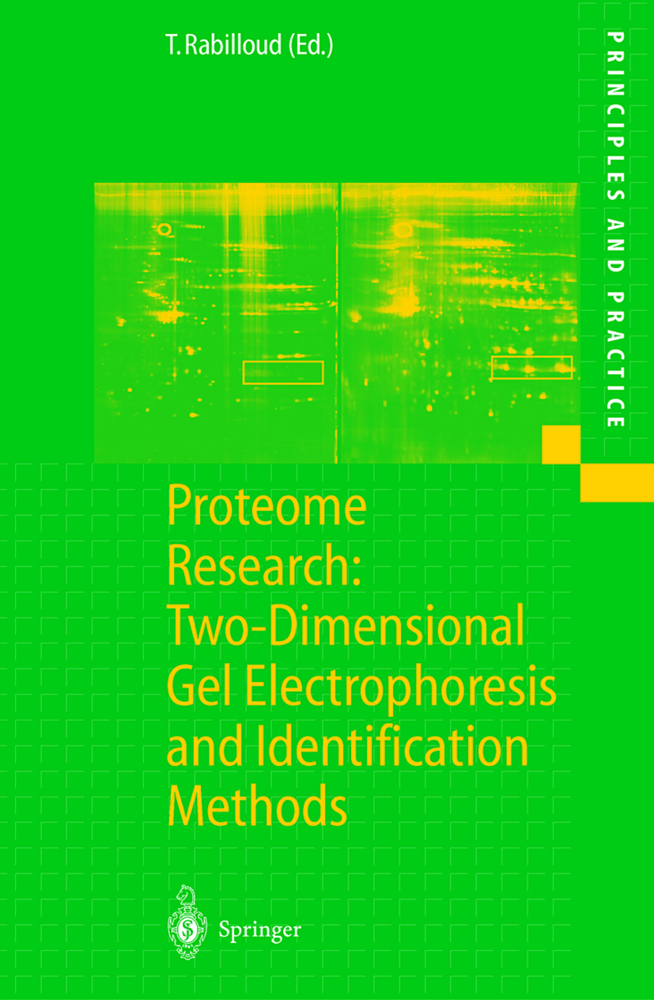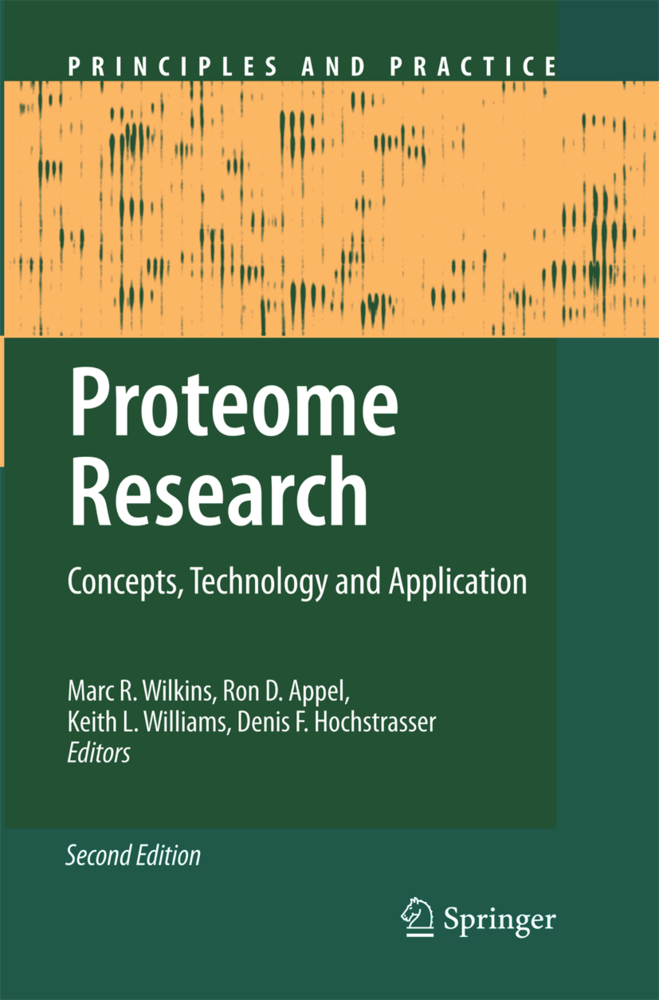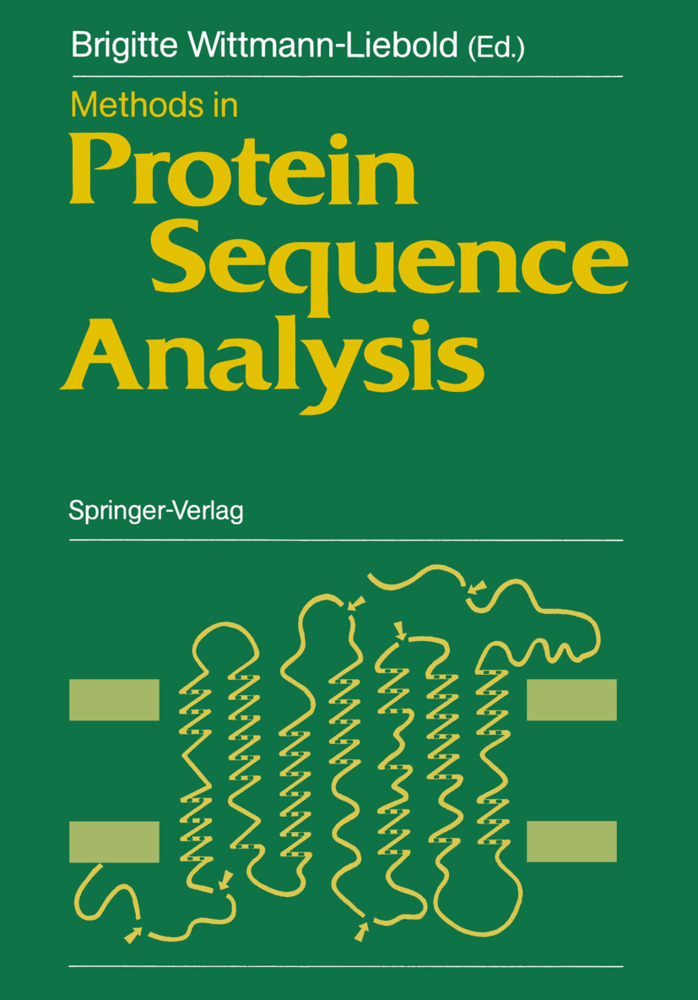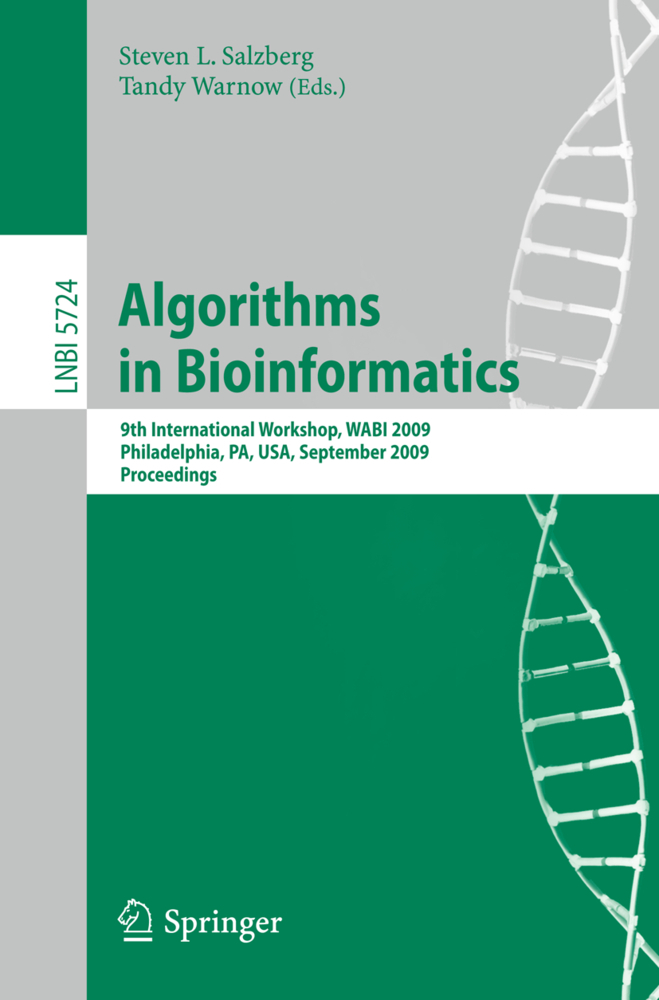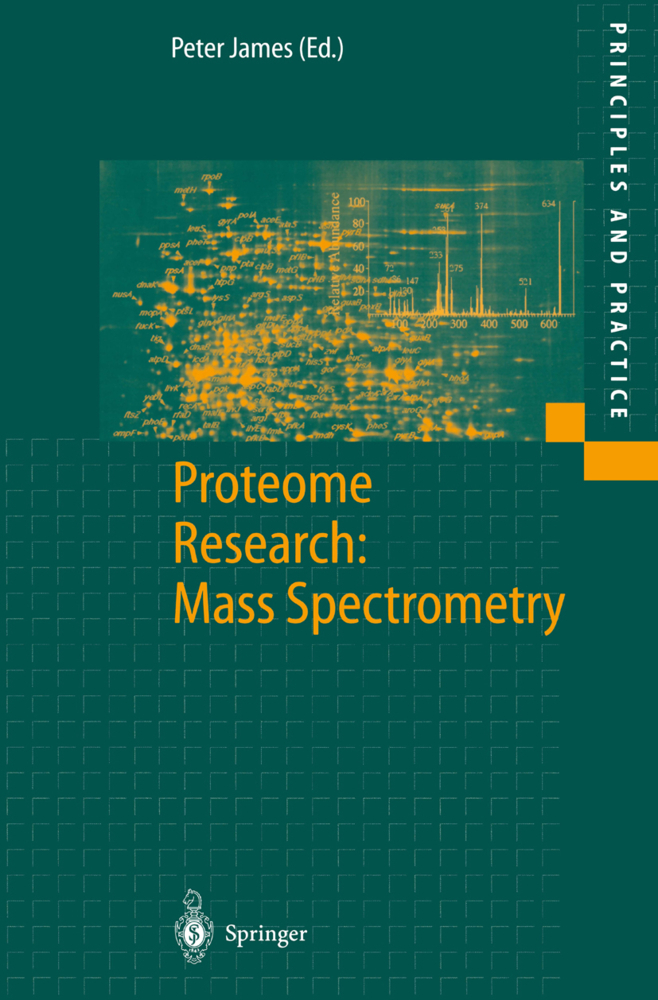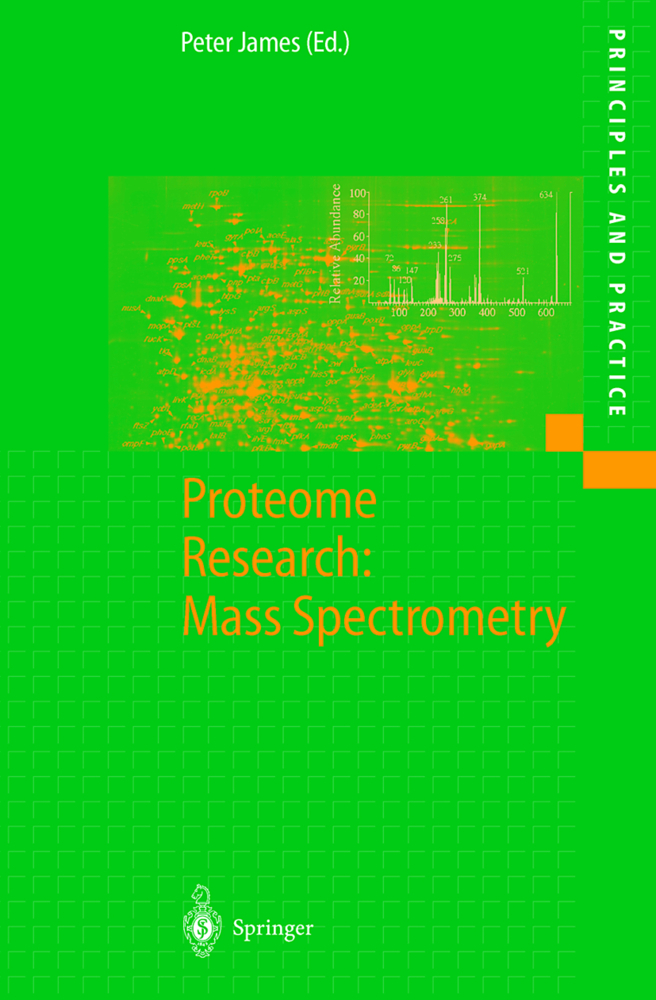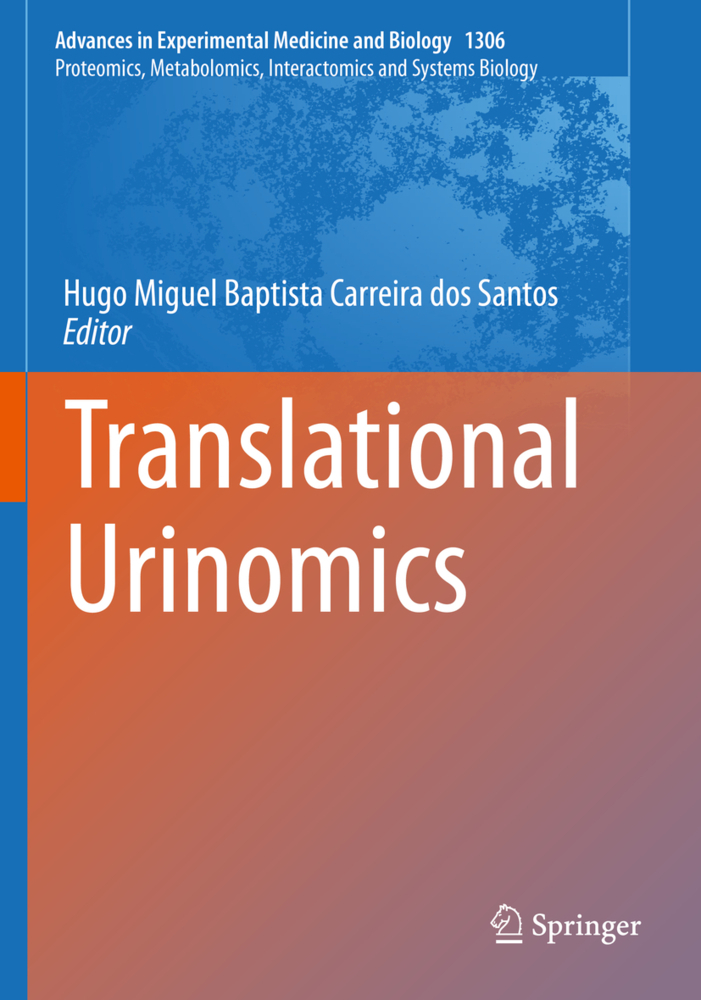Methods in Proteome and Protein Analysis
Methods in Proteome and Protein Analysis
Following the succesful publication of "Proteome and Protein Analysis" in 2000, which was based on a former MPSA (Methods in Protein Structure Analysis) conference, Methods in Proteome and Protein Analysis presents the most interesting papers from the 14th MPSA meeting.
Major topics include: protein and peptide sample preparation and separation; new reagent for protein sequence analysis; mass spectrometry in protein research; analysis of posttranslational modification; protein-protein interaction using MALDI-MS; manipulation of genome or functional compositon trap; structure-function correlation study using optical biosensors of microcolorimetrical techniques; structural proteomics as NMR or fluorescence polarization study; the classification and prediction of structure or functional sites; in silico analysis of proteins and proteomes; increasing throughput and data quality for proteomics.
1 Helix-Helix Packing Between Transmembrane Fragments
2 Mobility Studies in Proteins by 15N Nuclear Magnetic Resonance: Rusticyanin as an Example3 Structure and Dynamics of Proteins in Crowded Media: A Time-Resolved Fluorescence Polarization Study
4 Analyses of Wheat Seed Proteome: Exploring Protein-Protein Interactions by Manipulating Genome Composition
5 Modification-Specific Proteomic Strategy for Identification of Glycosyl-Phosphatidylinositol Anchored Membrane Proteins
6 Diocleinae Lectins: Clues to Delineate Structure/Function Correlations
7 The Contribution of Optical Biosensors to the Analysis of Structure-Function Relationships in Proteins
8 The Use of Protein-Protein Interaction Networks for Genome-Wide Protein Function Comparisons and Predictions
9 Probing Ribosomal Proteins Capable of Interacting with Polyamines
10 Applications of Optical Biosensors to Structure-Function Studies on the EGF/EGF Receptor System
11 The Functional Interaction Trap: A Novel Strategy to Study Specific Protein-Protein Interactions
12 Analysis of Protein-Protein Interactions in Complex Biological Samples by MALDI TOF MS. Feasibility and Use of the Intensity-Fading (IF-) Approach
13 Accelerator Mass Spectrometry in Protein Analysis
14 The Use of Micro calorimetric Techniques to Study the Structure and Function of the Transferrin Receptor from Neisseria meningitidis
15 The Quantitative Advantages of an Internal Standard in Multiplexing 2D Electrophoresis
16 Genetic Engineering of Bacterial and Eukaryotic Ribosomal Proteins for Investigation on Elongation Arrest of Nascent Polypeptides and Cell Differentiation
17 MALDI-MS Analysis of Peptides Modified with Photolabile Arylazido Groups
18 A New Edman-Type Reagent for High Sensitive ProteinSequencing
19 Amino Acid Sequencing of Sulfonic Acid-Labeled Tryptic Peptides Using Post-Source Decay and Quadratic Field MALDI-ToF Mass Spectrometry
20 Separation of Peptides and Amino Acids using High Performance Capillary Electrophoresis
21 InterPro and Proteome Analysis - In silico Analysis of Proteins and Proteomes
22 Prediction of Functional Sites in Proteins by Evolutionary Methods
23 Extracting and Searching for Structural Information: A Multiresolution Approach
24 Peak Erazor: A Windows-Based Programme for Improving Peptide Mass Searches
25 Increasing Throughput and Data Quality for Proteomics.
Kamp, Roza Maria
Calvete, Juan J.
Choli-Papadopoulou, Theodora
| ISBN | 978-3-540-20222-6 |
|---|---|
| Artikelnummer | 9783540202226 |
| Medientyp | Buch |
| Copyrightjahr | 2004 |
| Verlag | Springer, Berlin |
| Umfang | XXXII, 404 Seiten |
| Abbildungen | XXXII, 404 p. |
| Sprache | Englisch |

